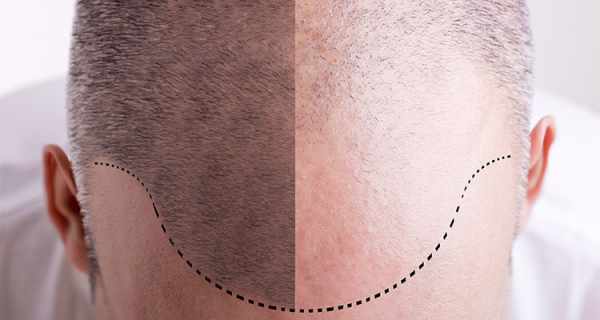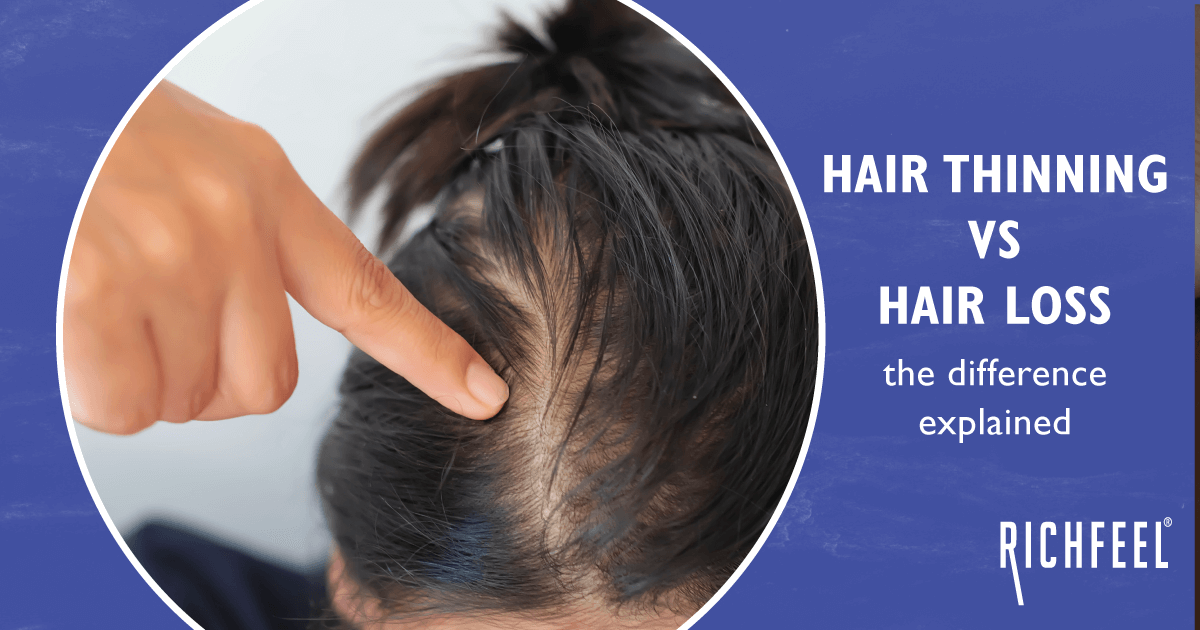Tarun, a 23-year-old successful computer graphics expert, was horrified when his hair started falling out in whole bunches out of nowhere. And in a matter of a few days, he started noticing bald patches on his scalp. It would be an understatement to say that he was shocked. He felt traumatised. There was no history of baldness in his family and no one to guide. He was at a loss on how to handle it. On contacting a Trichologist, he was diagnosed with Alopecia Areata.
What is Alopecia?
Alopecia, in essence, refers to hair loss from the body. It is an autoimmune disorder that attacks the hair follicles. It also occurs when one is suffering from other autoimmune diseases such as psoriasis, thyroid disorders and eczema-like skin conditions which are of similar nature.
Alopecia can be of various types. The intensity or nature of hair loss changes with each type. It can be hair loss in patches on the scalp or even complete hair loss on the scalp. There are cases when one experiences complete body hair loss. Whatever the kind, it needs medical, professional help.
Common types of Alopecia…
Androgenetic/ Androgenic Alopecia is perhaps the most common form of Alopecia that affects both men and women. This is also referred to as Male Pattern Thinning (MPT) and Female Pattern Thinning (FPT) respectively. It relates to the genetic structure and hormonal activity in the body.
Alopecia Areata is another kind which results in hair loss on the scalp and other parts of the body in round patches. It can occur in both males and females at any age, but it often begins in childhood. Although not life-threatening, it is undoubtedly life altering and naturally has a profound psychological effect thanks to the pressures of an image-oriented society.
Alopecia Universalis, Alopecia Totalis, Traction Alopecia are some of the various types of hair loss that leads to experiences of different intensities.
Which factors lead to Alopecia?
A person’s immune system mistakenly attacks the hair follicles which results in the arrest of hair growth. There is little data available on no clue what triggers this off in different individuals, but research suggests that genetics are responsible for developing the disease as well as the degree of severity. Having said that, genetics doesn’t always explain it all. Alopecia often skips generations with no trend or predictability. Generally, the tendency to atopic disorders is observed in families.
Alopecia Areata has been closely linked with increased levels of stress. Stress causes the sympathetic nerves to increase their production of chemicals called neuropeptides in the skin. These neuropeptides increase the autoimmune reaction of the skin, affecting the hair follicles in it. This causes baldness in patches. So, if you have recently been facing much stress at work or with studies or going through any personal emotional episode in your life, it may be the probable cause of alopecia in your case.
How to identify if you have Alopecia?
- Typically, it all starts with excessive hair loss and some see it happen in lumps or bunches falling off. Further, you would first notice a smooth bald patch immediately or within 24 hours and can feel a tingling sensation or pain in the affected area. This patch can progress to alopecia totalis or alopecia universalis. In some people, the nails look as if a pin has made rows of tiny dents whereas, in some people, the nails are severely distorted.
- The cuticle could be missing, and there could be longitudinal cracks along the length of the hair. The irregular construction of the hair gives it weak spots where it can readily break off. This issue will give rise to the stumpy hair fibres (sometimes called exclamation mark hairs). This cannot be observed with naked eyes.
Alopecia Areata can be distinguished from androgenetic alopecia or what is commonly known as male pattern baldness. Generally, the pattern of loss usually starts with a receding hairline, which then advances to thin the top of the head, in a U-shaped formation. The hair follicles shrink with each new growth cycle, the hair shaft narrows and your hair gets finer than your healthy hair. Increased production of the hormone causes this androgen in post-pubescent boys combining with a genetic predisposition. Sometimes hair pull tests are conducted and if the hair is easily pulled out; then we know that further hair loss can happen.
While these are the common signs and symptoms, for an exact diagnosis, one MUST consult a Trichologist at the earliest. The trichologist will study the hair and scalp condition, understand the complete medical history, analyse hair samples and draw up a scientific diagnosis. Treatments and solutions are then discussed. You can click here to understand more about Alopecia.
What are the treatment options?
There are various treatment options available like oral steroids or steroid injections, or phototherapy. Trichologists, depending on the intensity and complete individual diagnosis, suggest the most suitable treatment for a patient. They further advise dietary changes, prescribe amino acid supplements containing L-tyrosine which reduces auto-inflammation where needed and also advise on lifestyle / daily routine changes.
How can a Non-surgical hair replacement system help Alopecia patients?
Customised non-surgical hair replacement systems are perhaps the most convenient, hassle-free, cost-effective and viable solution to Alopecia patients. It is non-invasive and completely customised to one’s lifestyle and needs. Traditionally wigs were used to cover the scalp, but with advanced technologies coming into space, evolved customisable hair systems are the most trending.
Non-surgical hair replacement system makes alopecia patients stay confident. It leads the fight with disorders like female or male pattern baldness, alopecia areata and all related conditions. Hair systems are the best option to cover bald patches or hair loss which is caused by various kinds of Alopecia. This undetectable, easy to maintain and affordable solution for Alopecia is the most recommended in today’s times.
With advice from a Trichologist, you can choose a hair system & accessories that suit your hair and scalp condition, safe for you, suits your lifestyle, your daily routines and matches your expectations. Reputed, experienced Clinics also help you with getting the right fit with the help of professional hairstylists, using quality accessories customised to one’s needs and help with maintenance.
RichFeel, India’s pioneers in Trichology, offers the world’s most sophisticated and customised non-surgical hair replacement systems. The systems are made with 100% human hair and come with a variety of derma bases to choose from.
If you have questions on hair systems, you can read up on informative sources online or also discuss with professionals. Trichologists with rich experience guide personally on the system that would best work for you. To know more about hair systems and RichFeel’s HairForever solutions, do read our blogs.
The most important thing in it all is that you are aware of what the problem is, the underlying cause to the concern, and you seek help from the right professionals to solve it. If you want to make an informed choice, get in touch with the true Hair expert, a Trichologist!



